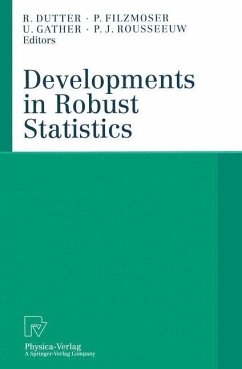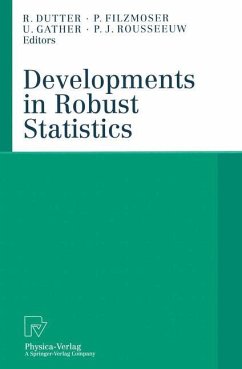
Measuring Risk in Complex Stochastic Systems

PAYBACK Punkte
20 °P sammeln!
Complex dynamic processes of life and sciences generate risks that have to be taken. The need for clear and distinctive definitions of different kinds of risks, adequate methods and parsimonious models is obvious. The identification of important risk factors and the quantification of risk stemming from an interplay between many risk factors is a prerequisite for mastering the challenges of risk perception, analysis and management successfully. The increasing complexity of stochastic systems, especially in finance, have catalysed the use of advanced statistical methods for these tasks. The meth...
Complex dynamic processes of life and sciences generate risks that have to be taken. The need for clear and distinctive definitions of different kinds of risks, adequate methods and parsimonious models is obvious. The identification of important risk factors and the quantification of risk stemming from an interplay between many risk factors is a prerequisite for mastering the challenges of risk perception, analysis and management successfully. The increasing complexity of stochastic systems, especially in finance, have catalysed the use of advanced statistical methods for these tasks. The methodological approach to solving risk management tasks may, however, be undertaken from many different angles. A financial insti tution may focus on the risk created by the use of options and other derivatives in global financial processing, an auditor will try to evalu ate internal risk management models in detail, a mathematician may be interested in analysing the involved nonlinearities or concentrate on extreme and rare events of a complex stochastic system, whereas a statis tician may be interested in model and variable selection, practical im plementations and parsimonious modelling. An economist may think about the possible impact of risk management tools in the framework of efficient regulation of financial markets or efficient allocation of capital.














